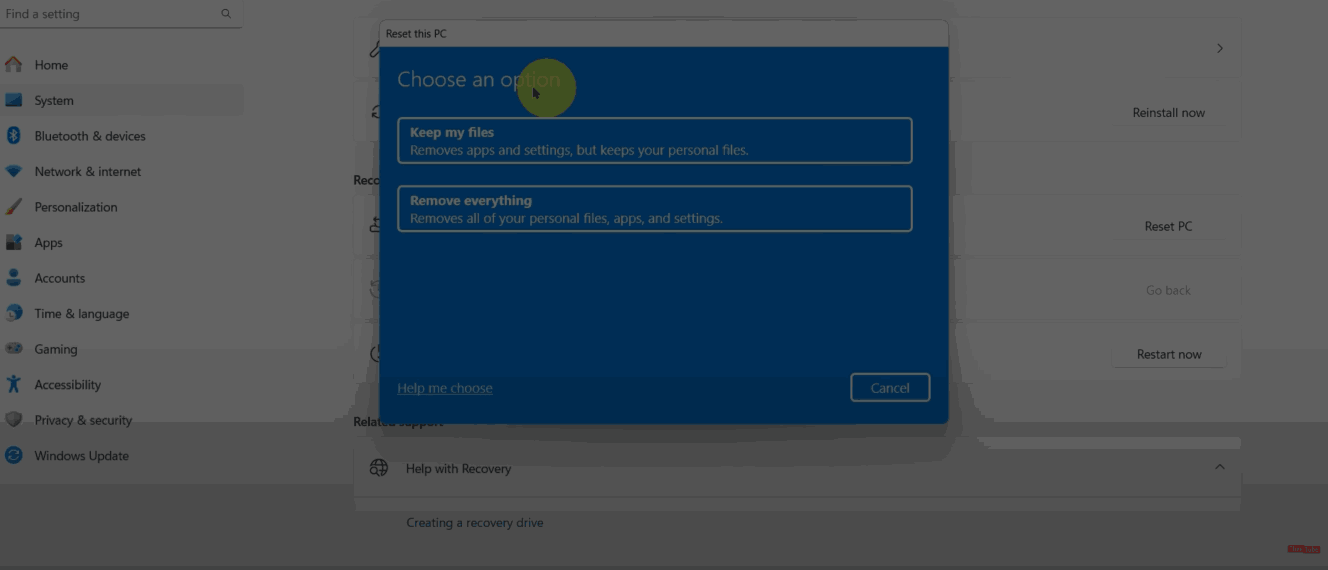Having your Dell laptop keeps freezing and not responding can be extremely frustrating. A frozen laptop is unresponsive, won’t let you close apps, and prevents you from getting any work done. When normal restarting methods don’t work, you’ll need to force reboot a frozen Dell laptop.
In this guide, we’ll outline the steps on how to use dell laptop hard reset button, boot into Safe Mode, reset hardware, and more to get your unresponsive Dell laptop back up and running again.
A frozen Dell laptop on the home screen can happen from time to time due to software glitches, driver conflicts, overheating, or other underlying issues. You’ll know your Dell laptop is frozen when apps hang indefinitely, mouse and keyboard input have no effect, and standard restarting does nothing.
When this occurs, there are several effective methods you can use to force restart your Dell laptop when the normal ways to power cycle don’t work. We’ll go over how to hard shut down, boot into Safe Mode, reset BIOS defaults, disconnect peripherals, and other handy troubleshooting tricks to reboot and restart a completely frozen Dell laptop.
1. Force Shut Down the Dell Laptop
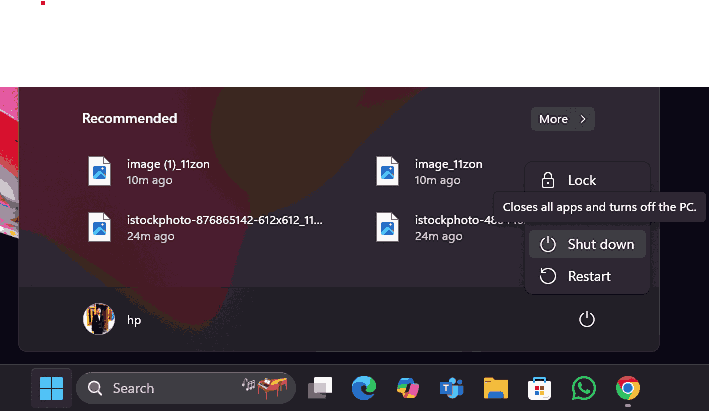
The most direct way to restart a Dell laptop that is stuck frozen is to force power it down. Here are the steps:
- Press and hold the power button for 10-20 seconds to forcefully turn off the laptop.
- Once the laptop is powered off, wait a few seconds then press the power button again to turn it back on as normal.
This will abruptly shut down all processes and cut power, bypassing the normal OS restart procedure. Only use this method if your Dell laptop is truly non-responsive and absolutely will not restart conventionally. It can help reboot a system that is totally frozen.
2. Restart from the Windows Sign-In Screen
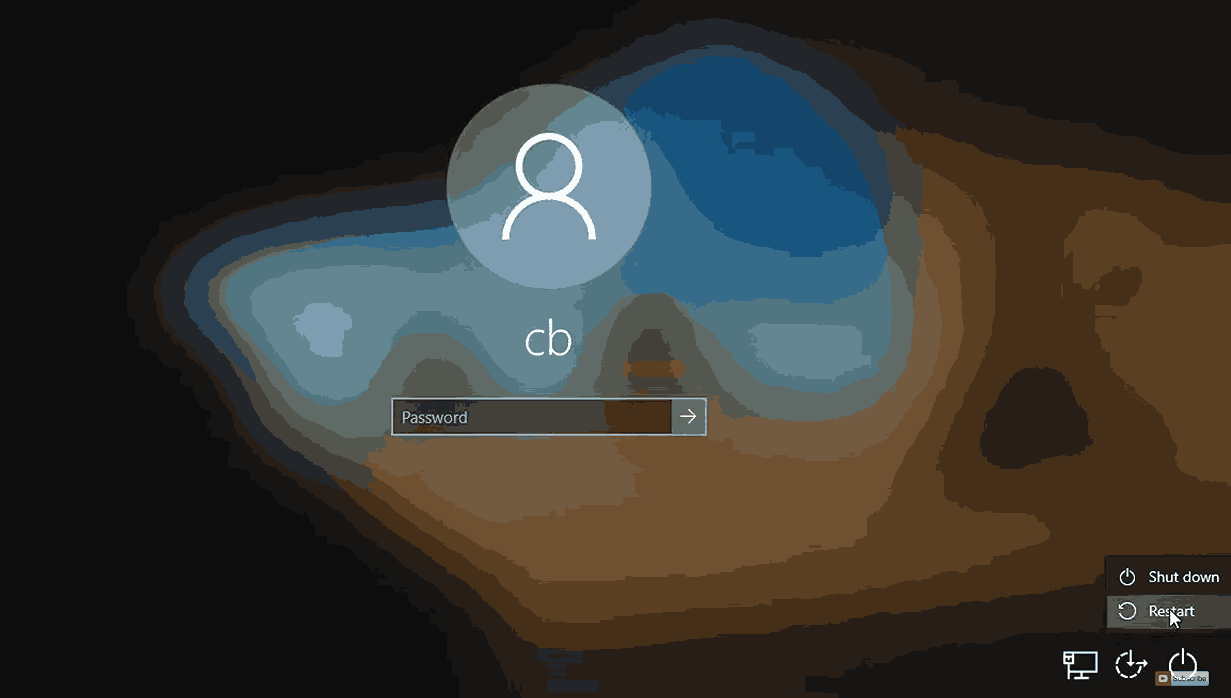
If you can still access the Windows sign-in screen on your frozen Dell laptop, you can reboot from there:
- Hit Ctrl + Alt + Delete on the frozen laptop to bring up the Windows security screen.
- Click the Power icon visible in the lower right corner of the screen.
- Select Restart to reboot your Dell laptop.
This allows you to restart within Windows without having to force a hard power down. Attempt it before doing a forced shut down.
3. Boot Dell Laptop into Safe Mode
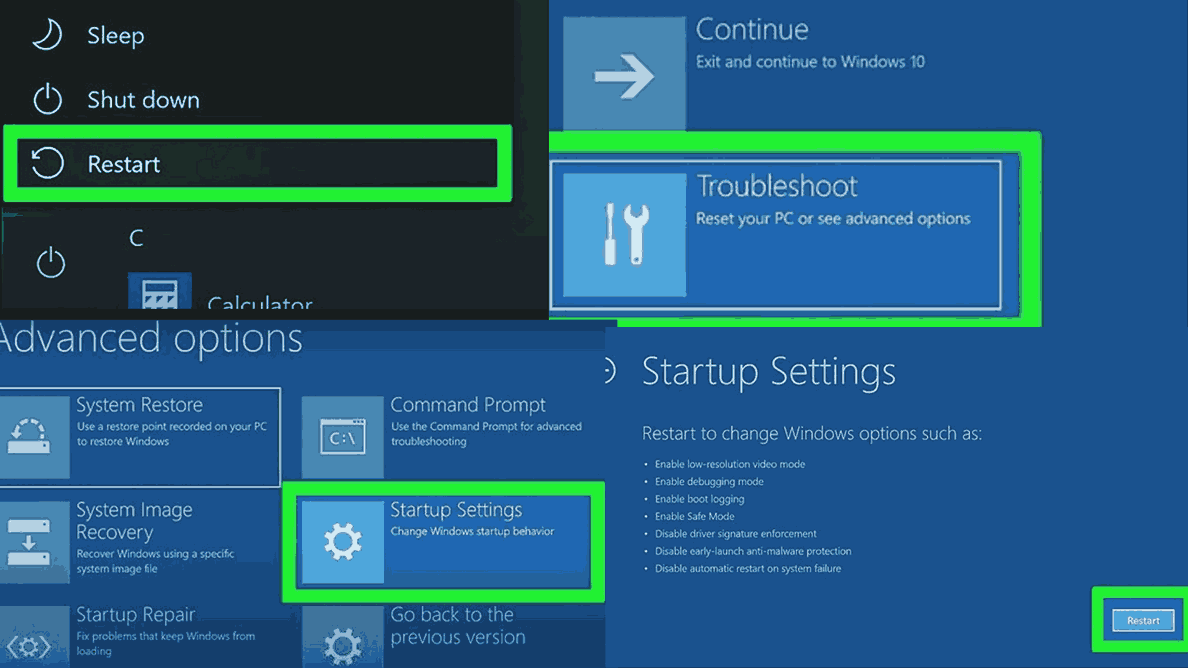
Safe Mode loads Windows with only essential drivers and services. Here’s how to boot into it to restart:
- Force shutdown by pressing and holding the power button.
- Power the laptop back on and rapidly tap the F8 key during boot to access Advanced Boot Options.
- Choose Safe Mode from the menu.
- Once in Safe Mode, restart your laptop normally.
Safe Mode can help troubleshoot conflicts causing the freeze by minimizing running processes and software. Boot into it before restarting to pinpoint potential issues.
4. Reset Laptop Hardware
Resetting your Dell laptop’s hardware may get things working again:
- Disconnect all external peripherals, drives, and accessories.
- Remove the battery and press/hold the power button for 30 seconds to discharge static.
- Reinsert the laptop battery and reconnect the AC adapter.
- Power the laptop back on as normal.
This clears any stuck processes and resets components. Try it if your Dell laptop won’t restart after forced shut down.
5. Restore Default BIOS Settings
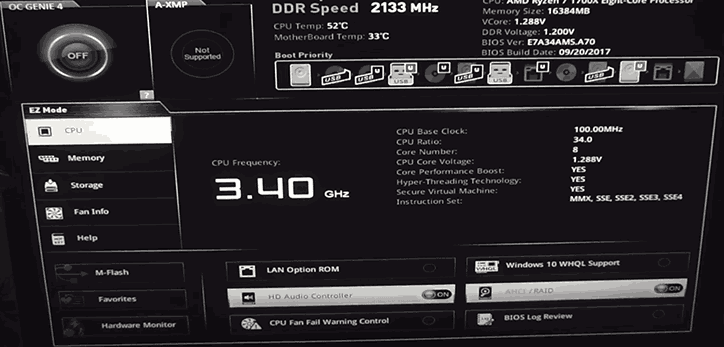
Reverting the BIOS to factory default settings can fix boot problems:
- Access the BIOS setup menu by tapping F2 or Delete during boot.
- Go to the Exit tab and select Load Setup Defaults.
- This will reset BIOS settings in case they were causing the freeze.
- Choose Save & Exit to apply default BIOS settings and restart the laptop.
Potential Reasons for Dell Laptop Freeze
Here are 5 potential reasons for laptop freezing and steps to solve them based on the inputs:
1. Faulty Video Drivers
– Restart the video driver using Windows Key + Ctrl + Shift + B keyboard shortcut (Windows 7 and above)
– Update or reinstall laptop graphics card drivers by looking up your specific Dell model to find the GPU
2. Corrupt OS
– Run sfc /scannow in Command Prompt/PowerShell to scan and repair corrupt system files
– Reinstall a fresh copy of Windows from a bootable USB drive after backing up your data
3. Malware Infection
– Run scans with free antivirus software like Malwarebytes and ESET Online to detect and remove malware
– Completely reinstall Windows to eliminate any lingering infections
4. Faulty Device or Dock Driver
– Check Device Manager, uninstall problematic device drivers and update to latest from vendor website
– Test if issue occurs when laptop is undocked to isolate docking station problems
5. Full Capacitors
– Drain power by removing battery, peripherals, charger and holding down power button for 60 secs
– Unplug CMOS battery to completely drain laptop’s internal power and clear any static buildup
Here is a more detailed explanation of the potential reasons for laptop freezing and the steps to troubleshoot them:
6. Offending Program
An application or process that is not responding can freeze up your entire laptop. To fix:
– Press Ctrl + Alt + Delete and open Task Manager
– Go to the Processes or Details tab and look for any application using high CPU or memory that is not responding
– Select the unresponsive application and click End Task to force close it
– If this program frequently causes freezing, consider uninstalling it completely and finding an alternative
– If the program requires intensive system resources that your laptop hardware can’t handle, an upgrade may be necessary
7. Browser Issues
Problematic web pages, extensions, and browser processes can freeze your browser specifically. To troubleshoot:
– Press Shift + Esc in Chrome or click Menu > Task Manager in Firefox to open browser task manager
– Look at all open browser processes and check for high CPU/memory usage
– End any processes that are frozen or using excessive resources
– Try disabling extensions one by one to isolate any causing freezing issues
– As a last resort, uninstall and reinstall your web browser completely
8. Hard Reset
If your laptop is completely unresponsive with no way to access any programs or Task Manager, a hard reset is required:
– Press and hold the power button for at least 10 seconds until the laptop turns off completely
– Wait a few seconds then power the laptop back on normally
– When it boots up, try to recover any unsaved work using auto-recovery features in programs like Word
9. Check Reliability Monitor
Reliability Monitor in Windows provides detailed error logs that can reveal issues:
– Type “reliability” in Start menu search and open Reliability Monitor
– Look at error logs around time freezing started happening
– Google any specific error codes for solutions
– Try uninstalling problematic updates or applications flagged in the logs
10. Blue Screen Causes
Analyze blue screen crash dump files to pinpoint failing components:
– Download and run BlueScreenView to analyze dump files
– Identify the driver or hardware device causing the crash from the log
– Use System Restore to revert to a system image before a bad update/driver install
– Update faulty drivers and replace failing hardware if identified
11. Failing Hard Drive
An aging or defective hard drive can cause frequent laptop lockups. To test:
– Use SMART diagnostic tools like CrystalDiskInfo to check hard drive health
– Look for warning signs like high temperature, bad sectors, slow speeds
– Back up data and replace hard drive if SMART status shows it is failing
12. Overheating
Excessive heat buildup leads to freezing and crashes. To lower temps:
– Use Core Temp or HWMonitor to view current laptop temperature
– Clean out vents and fans thoroughly with compressed air
– Replace thermal paste between CPU and heatsink
– Undervolt CPU/GPU using ThrottleStop (advanced)
13. Faulty RAM
Corrupted RAM can cause random freezing. To test:
– Run Windows Memory Diagnostic tool overnight
– Test RAM modules individually with Memtest86+
– Remove and reseat RAM sticks to ensure proper connection
– Replace defective RAM module identified during testing
14. Hardware Failure
If freezing persists after above steps, underlying hardware issues are likely.
– Backup critical data and replace the laptop if it is out of warranty
– Take to authorized repair center for diagnosis if under warranty
– Request replacement of defective components like motherboard or CPU
Conclusion
In summary, there are several effective methods to restart a Dell laptop that is completely frozen and unresponsive. First try forcing a hard shutdown by holding the power button. If that doesn’t work, attempt to reboot into Safe Mode, reset hardware, restore default BIOS settings, and access the Windows sign-in screen as outlined. Persistence and systematically trying these troubleshooting steps will ultimately get your frozen Dell laptop powered back on.
Frequently Asked Questions
Here are some detailed FAQs on fixing freezing issues on Dell laptops:
Q: How do I fix Windows 11 randomly freezing on my Dell laptop?
A: Random freezing issues on Windows 11 could be caused by faulty memory. You can perform a Windows memory diagnostic test by pressing Win + R, typing “mdsched.exe”, clicking OK, and choosing the option to restart and check for problems. This will check your RAM and help identify errors. If bad RAM is causing the freezing, you will need to replace it.
Q: How do I unfreeze my Dell laptop running Windows 10 when it is not responding?
A: If your Windows 10 Dell laptop freezes, press Ctrl + Alt + Del to open Task Manager. Select any unresponsive programs in the Task Manager and click End Task. This will terminate frozen processes and unfreeze your laptop. Give it 10-20 seconds to fully close out the program after hitting End Task.
Q: Why does my Dell laptop get stuck on the Dell logo loading screen when booting?
A: If your Dell laptop won’t get past the initial Dell boot screen, it is likely due to hardware problems, software conflicts, or corrupted system files. You can try booting into Safe Mode to diagnose the problem. If it persists, you may need professional repair to determine the cause.
Q: How can I manually restart or reboot my unresponsive Dell laptop?
A: If your Dell laptop fully freezes with no response, press Ctrl + Alt + Delete simultaneously. When the power options appear, select the power symbol and choose Restart or Reboot from the menu. This will manually restart your laptop to recover from the frozen state.

